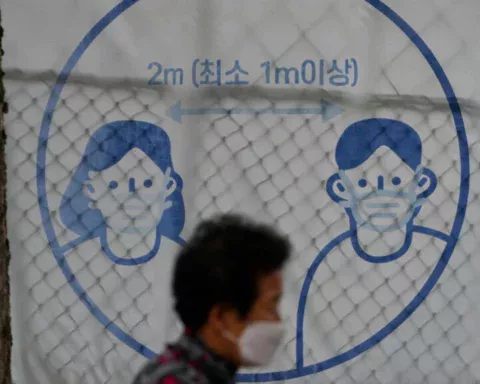There was also a surge in demand in other countries. At the same time, the global supply of PPE declined as a result of a fall in exports from China (the country that manufactures the most PPE) in February. Some other countries also imposed temporary restrictions on the export of PPE.
The result was an extremely overheated global market − a ‘sellers’ market’ − with desperate customers competing against each other, pushing up prices, and buying huge volumes of PPE often from suppliers that were new to the PPE market. The situation was made more difficult as the guidelines for wearing PPE, and the specifications and certifications that different types of PPE must meet, are complex and were updated throughout the pandemic, in particular as understanding of the virus improved.
Scope of the report
This report examines:
- responsibilities for PPE supply in England (Part One);
- the emergency response to PPE shortages, focusing on the performance of national bodies in obtaining and distributing PPE to local organisations (Part Two);
- the experience of health and social care providers and their workforce (Part Three); and
- the Department of Health & Social Care’s (the Department’s) new PPE strategy (Part Four).
This report does not include an examination of the procurement process and controls in place during the emergency. A separate National Audit Office report, published in November 2020, examined government procurement during the pandemic, including the checks carried out into the suitability of new suppliers of PPE, and how offers from suppliers were considered.
Conclusion
Government’s response saw the Parallel Supply Chain’s workforce, and procurement staff in provider organisations on the front line make a huge effort, going far beyond what would usually be expected. The Department and its partners deserve some credit for building at pace a new international supply chain and distribution network. But there are important aspects that could and should have been done much better in supplying PPE.
Government initially considered it was well-placed for managing the supply of PPE in a pandemic, with tested plans and a stockpile in place. But neither the stockpiles nor the usual PPE-buying and distribution arrangements could cope with the extraordinary demand created by the COVID-19 pandemic. As a result, government’s structures were overwhelmed in March 2020. Once government recognised the gravity of the situation it created a parallel supply chain to buy and distribute PPE. However, it took a long time for it to receive the large volumes of PPE ordered, particularly from the new suppliers, which created significant risks. There were further difficulties with distribution to providers and many front-line workers reported experiencing shortages of PPE as a result. The initial focus on the NHS meant adult social care providers felt particularly unsupported. Government has budgeted an unprecedented £15 billion of taxpayers’ money to buy PPE for England during 2020-21. It has paid very high prices given the very unusual market conditions, and hundreds of millions of pounds-worth of PPE will not be used for the original intended purpose. Our recent report on government procurement in the pandemic sets out the findings of our detailed examination of some PPE contracts.






